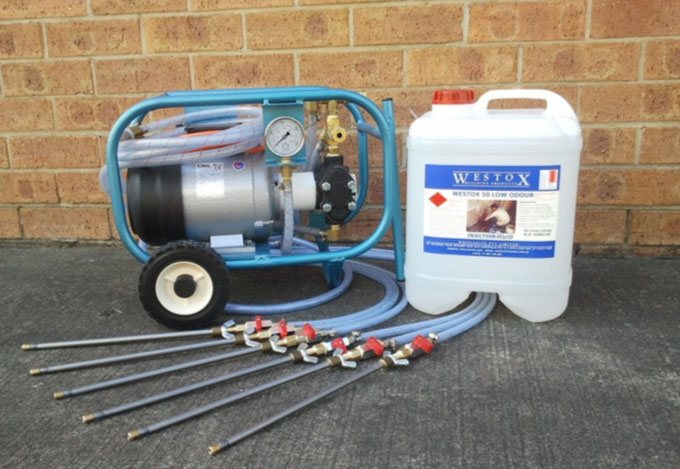What is Rising Damp?
Rising damp can be noticed towards the bottom of your walls. You might become aware of the paints and plasters on the walls starting to blister and come off. Another telltale sign is being about to see a ‘tide-mark’ on the walls just above the skirting boards (usually up to about 1.5m). Although rising damp is very common throughout older homes that haven’t got any damp courses installed, it can still become apparent in newer homes where the installed damp course is of inferior quality.
How does Rising Damp occur?
Rising damp works by the water from the ground being absorbed and travelling through the bricks and mortar of a building. This is referred to as ‘capillary action’. In other words, like a sponge, the water is finding its way through the porous walls of a building.
How to treat Rising Damp?
There are generally two ways to fix rising damp. The ‘Physical Damp Proof Method’ and the favoured, ‘Pressure Injection Chemical Dampproof Course’.
With the Physical Damp Proof Method you can expect to pay a lot more money for a solution that isn’t quite perfect. The problem with the Physical Damp Proof Method is that as well as being able to affect the structural integrity of a building by needing to replace affected bricks or stones; the method of applying a plastic sheet to provide waterproofing can be quite problematic. As the building begins to move, so can the plastic sheet. The Westox Injection method on the other hand, is far less invasive and doesn’t require shifting the bricks.


